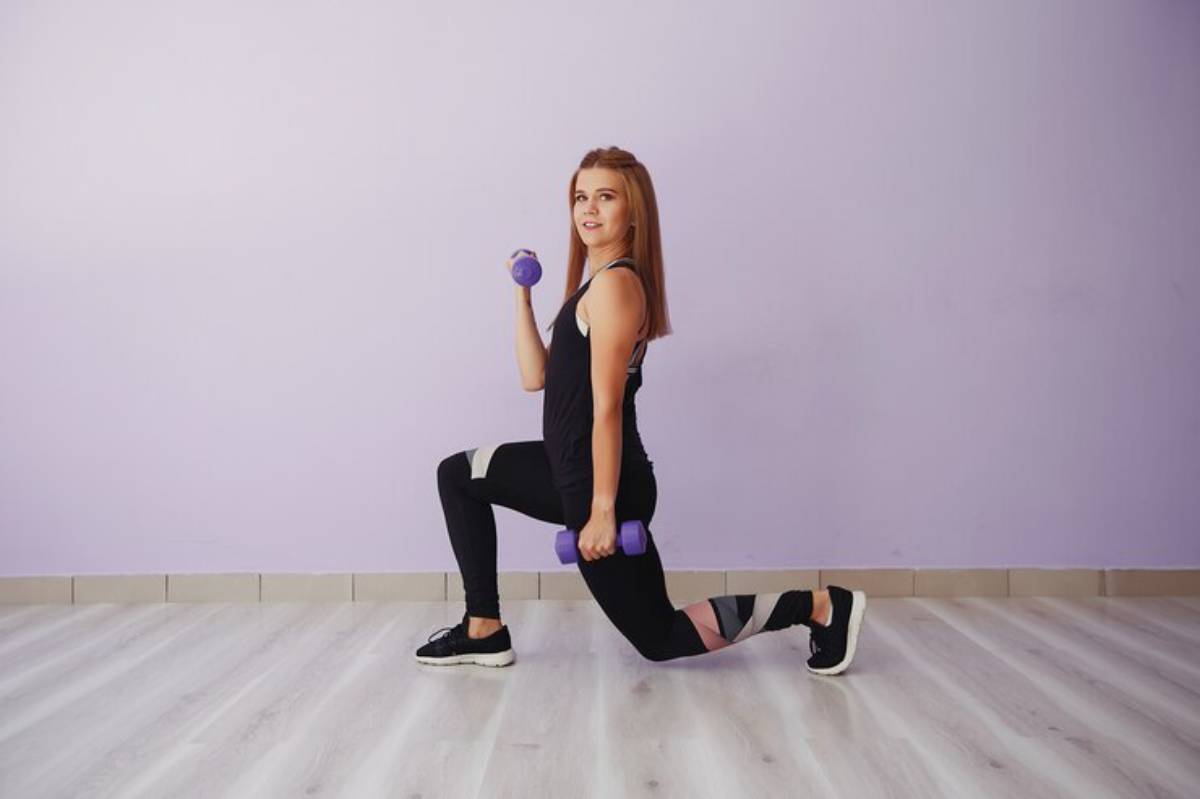
How to Create a Strength Plan Based on Your Body Type
Ever felt like your training plan just doesn’t work for you? You follow all the tips, show up consistently, and eat well, yet progress seems slower than expected. The missing piece? Your body type.
Designing your strength plan around your natural body structure — whether you’re an ectomorph, mesomorph or endomorph — can dramatically improve how you train, recover, and build muscle.
In this guide, we’ll break down the science behind body type fitness, explore the traits of female ectomorphs and mesomorphs, and teach you how to tailor your training for real, sustainable results.
Understanding the Core: Body Types in Fitness
Body types, or somatotypes, refer to general physical characteristics that affect how we gain muscle or store fat. While no one fits perfectly into a single category, most women lean toward one of the following.
Ectomorph
- Naturally thin
- Fast metabolism
- Struggles to gain muscle or fat
Mesomorph
- Naturally athletic build
- Gains muscle easily
- Responds quickly to training
Endomorph
- Soft, rounder body
- Slower metabolism
- Stores fat easily but can build muscle
According to research published in the Journal of Sports Science & Medicine, adapting training strategies to these somatotypes leads to more efficient results, better recovery, and fewer plateaus.
Important: Body type isn’t destiny. It’s a starting point for creating a customised training plan that aligns with your natural physiology.
Quick Guide: Tailor Training to Your Body Type
- Identify your primary body type (ectomorph, mesomorph, or endomorph)
- Ectomorphs: Focus on heavy, low-rep training with more rest and higher calorie intake
- Mesomorphs: Train with moderate weight and reps, with regular variation to avoid plateaus
- Endomorphs: Use higher rep ranges and circuit-style workouts to support fat loss alongside strength
- Track progress and adjust every 4–6 weeks based on strength, energy and body composition
Pro Tip: Mix in bodyweight exercises for functional strength and joint mobility, especially for endomorphs.
Step-by-Step Guide: Customising Your Strength Plan
Step 1: Identify Your Dominant Body Type
Stand in front of a mirror and evaluate your frame:
- Are you naturally lean with a flat chest and long limbs? You’re likely an ectomorph.
- Do you have defined shoulders, a muscular frame, and respond well to training? That’s mesomorph territory.
- Is your build curvier, with a tendency to store fat in the hips or thighs? You may be an endomorph.
You can also be a blend, like ecto-meso or meso-endo, so treat this as a guide, not a rule.
Step 2: Ectomorph Training Strategy
Goal: Build muscle mass and prevent overtraining

- Lifting focus: Compound movements (squats, deadlifts, bench press) with heavy weight and lower reps (4–8)
- Frequency: 3–4 times per week
- Rest: 90–120 seconds between sets
- Cardio: Minimal — no more than 1–2 light sessions per week
Nutrition tip: Eat calorie-dense meals and increase protein intake to support muscle gain.
Step 3: Mesomorph Training Strategy
Goal: Maintain lean muscle and avoid overtraining
- Lifting focus: Balanced mix of compound and isolation exercises, 8–12 reps
- Frequency: 4–5 times per week with varied routines
- Rest: 60–90 seconds between sets
- Cardio: Moderate-intensity cardio 2–3 times a week
Nutrition tip: Balanced macros work well; avoid excess calories to prevent fat gain.
Step 4: Endomorph Training Strategy
Goal: Support fat loss and build lean strength
- Lifting focus: Higher rep ranges (10–15), supersets, and short rest periods
- Frequency: 4–5 sessions per week, ideally circuit-based
- Rest: 30–60 seconds
- Cardio: Regular cardio, including HIIT 2–3 times per week
Important tip: Focus on clean eating, low-glycaemic carbs, and consistent portion control.
Step 5: Adjust Based on Feedback
No matter your body type, track progress using:
- Strength logs
- Body composition changes
- Recovery speed
If your plan stops producing results, tweak one variable at a time reps, weight, rest periods or session frequency.
For beginners, start with How to Start Weight Training as a Woman and build from there.
Important Notes & Warnings
Important: Women’s bodies fluctuate with hormonal phases. If you’re menstruating, taper down volume and prioritise recovery during your luteal phase.
Warning: Don’t compare progress across body types. An ectomorph may see slower gains than a mesomorph — that’s normal.
Pro Tip: Use a gym journal or app to note changes in mood, strength, and energy. This offers real insight beyond just weight or visuals.
Best Practices & Additional Insights
Add Periodisation to Avoid Plateaus
Switch your rep ranges or focus (e.g., hypertrophy to strength) every 4–6 weeks. This prevents stagnation and boosts long-term muscle growth.
Combine Body Type Training With Lifestyle Factors
Body type isn’t everything. Sleep, stress, work schedule, and age all impact training. If you’re a busy parent or shift worker, consistency matters more than perfection.
Body Type Isn’t Your Label
Think of it as a lens, not a box. For example, you may identify as a mesomorph but have ectomorphic tendencies in your lower body — tailor accordingly.
Case Study: Chloe, a 35-year-old mesomorph, noticed she bulked quickly in her quads but struggled with upper-body definition. By reducing squat volume and focusing on shoulder and back development, she balanced her physique and felt more confident.
Track Non-Scale Victories
Weight is just one metric. Celebrate:

- Better sleep
- Heavier lifts
- More energy
- Improved posture or mobility
Read more about building a long-term mindset in Mindset Shifts for Sustainable Strength Training.
FAQs
What if I don’t fit neatly into one body type?
Most women are a blend. Use your dominant traits to guide training, but adjust as needed based on how your body responds.
Can I change my body type with training?
While you can’t change your genetic structure, you can dramatically reshape your physique through training and nutrition.
Do body types affect how fast I see results?
Yes. Mesomorphs may see muscle gains faster, while ectomorphs need longer for noticeable progress. Endomorphs often gain strength quickly but must monitor fat gain.
Should I avoid cardio if I’m an ectomorph?
Not completely — just keep it light and limited. Think walking, light cycling or yoga.
How long before I should tweak my plan?
Evaluate every 4–6 weeks. Small, consistent adjustments often deliver the best long-term outcomes.
Build Smarter, Not Harder: Personalise Your Training Journey
Your body isn’t a one-size-fits-all machine. Understanding whether you’re a female ectomorph, mesomorph, or somewhere in between can make a world of difference in how you train, fuel, and recover.
Customised training takes the guesswork out of strength-building. Instead of following generic plans, you’re choosing movements, rest, and goals that align with who you are.
Now’s your time. Identify your body type, test the strategies that suit you best, and evolve your fitness journey with intention and clarity. You deserve a training plan built for your body.


